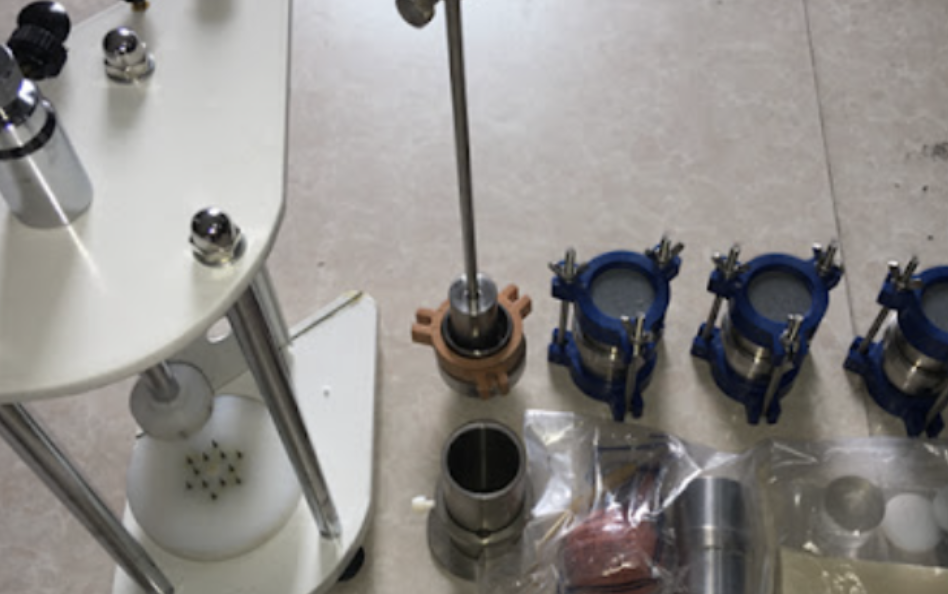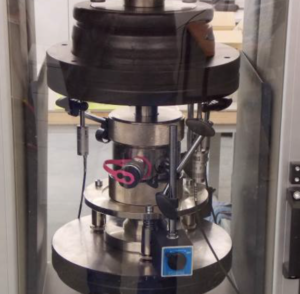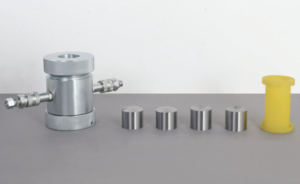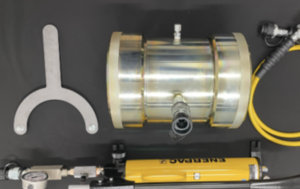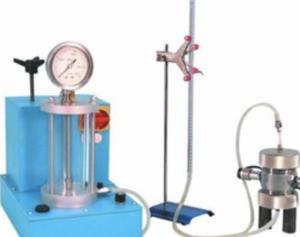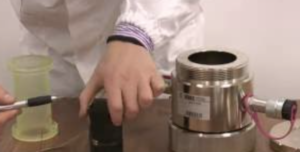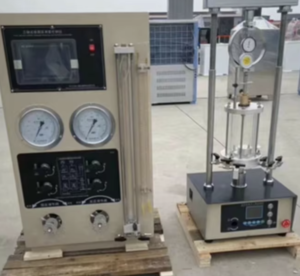If you’ve ever struggled to install a latex membrane on a soft soil sample, you’re not alone. That’s exactly where the membrane mounting tool saves the day.
A membrane mounting tool makes it easier and safer to install latex membranes on soil specimens for triaxial tests. It stretches the membrane smoothly over the specimen without damaging it—saving time and preventing test failure.
Let me walk you through why this tool matters and how to use it right.
What Is a Membrane Mounting Tool and Why Use It?
The membrane mounting tool1 is a simple, hollow cylinder—usually acrylic or stainless steel—designed to help you stretch and place latex membranes onto cylindrical soil specimens during triaxial tests2.
This tool allows for precise, wrinkle-free, and tear-free membrane installation, which is critical for accurate test results. Without it, membranes can tear, trap air, or shift during setup, leading to data errors or even full test failure.
It might look like a plain tube, but it’s one of the most useful tools in the lab.
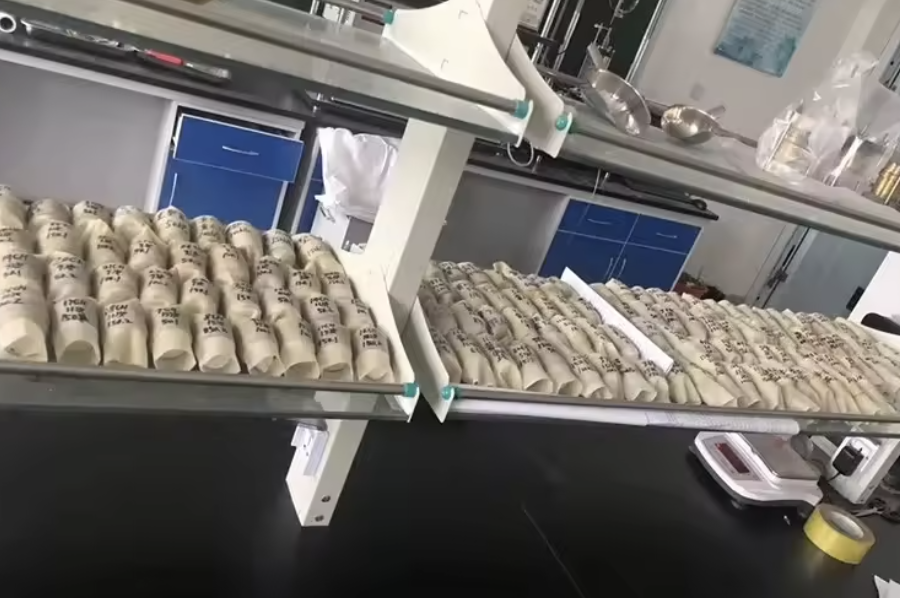
How Does the Tool Improve Membrane Installation?
Installing a membrane without stretching it evenly is like putting a tight sock on a balloon—it rarely ends well. That’s where the tool works its magic.
The membrane mounting tool3 improves accuracy, reduces installation time, and minimizes physical stress on both the membrane and the specimen. By pre-stretching the membrane4 over the tool, you create a controlled, gentle installation environment.
Here’s how it helps:
- Prevents tearing or overstretching
- Reduces trapped air bubbles
- Ensures a snug and uniform fit
- Minimizes disturbance to soft specimens
- Speeds up your workflow
In busy labs or critical research work, these small gains make a big difference.
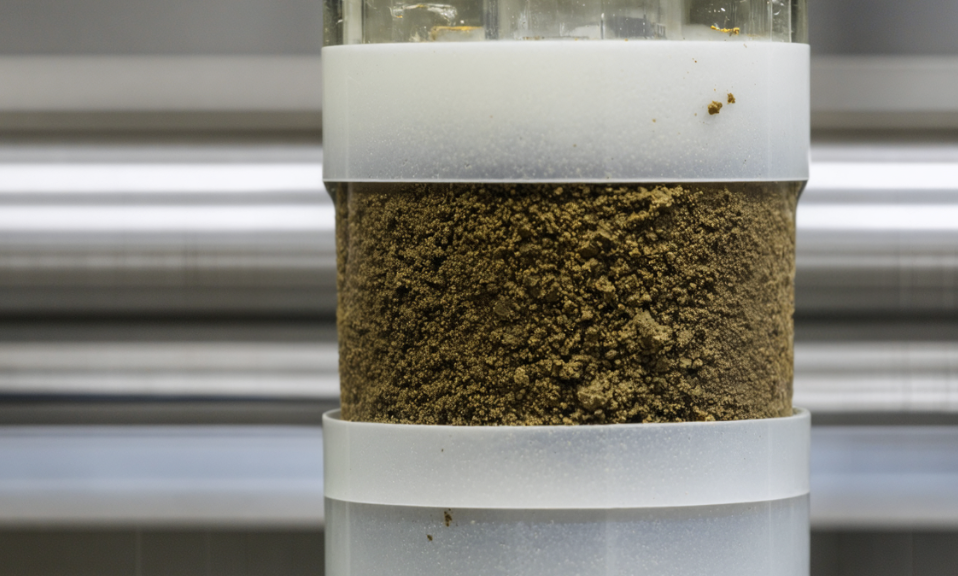
Step-by-Step Guide to Using the Mounting Tool
Here’s my go-to method that works in most labs:
-
Select the Right Size Tool
Match the tool’s inner diameter with the specimen size5. Clean the tool before use. -
Prepare the Latex Membrane6
Choose the right membrane thickness and length. Check for any pre-existing tears. -
Roll the Membrane Onto the Tool
Gently stretch and roll the membrane over the tool like rolling a balloon onto a tube. Keep it even. -
Align the Tool Over the Specimen
Place the tool above the specimen, centered and stable. -
Unroll the Membrane Onto the Specimen
Slowly and smoothly roll the membrane from the tool onto the specimen surface. Go slow—this is the crucial part. -
Secure With O-Rings
Place O-rings on both ends of the membrane to hold it tight against the end caps. -
Remove the Tool
Carefully slide the mounting tool away, making sure the membrane stays in place.
Tip: Practice on a dummy sample to get a feel for the rolling motion. It makes a big difference.
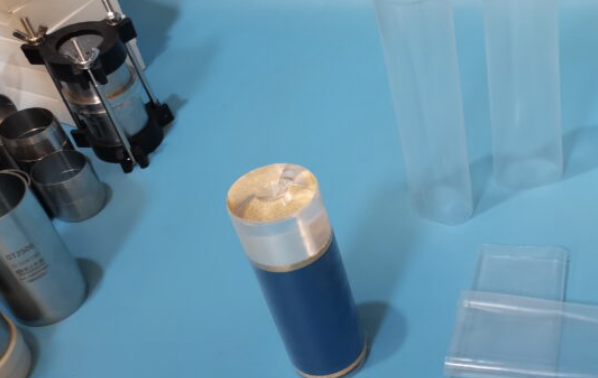
Common Mistakes and Pro Tips for Success
Even experienced lab technicians run into trouble now and then. Here’s what to avoid—and how to fix it.
- Using a tool that’s too tight or too loose
- Trapping air or wrinkles under the membrane
- Forgetting to clean the tool (residue can tear the membrane)
- Rushing and overstretching the latex
- Slightly warm the membrane before installation—it stretches easier
- Use a soft brush to apply talcum powder inside the membrane if it sticks
- Hold both ends of the specimen securely while unrolling
- Always inspect your membrane before and after installation under proper lighting
Membrane mounting tools don’t just make your life easier—they make your data better.
-
Explore this link to understand the significance and application of the membrane mounting tool in ensuring accurate test results. ↩
-
Learn more about triaxial tests to grasp their role in soil mechanics and how they influence engineering decisions. ↩
-
Discover how a membrane mounting tool enhances installation accuracy and efficiency, making your projects easier and more effective. ↩
-
Learn about the benefits of pre-stretching membranes for better installation outcomes and reduced stress on materials. ↩
-
This resource will help you understand how to accurately match tools to specimen sizes for optimal results. ↩
-
Explore this link to learn essential tips and techniques for effectively using latex membranes in your lab work. ↩
-
Understanding common mistakes can help you avoid pitfalls and improve your membrane installation skills. ↩
-
Exploring pro tips can enhance your technique and ensure successful membrane installations. ↩

